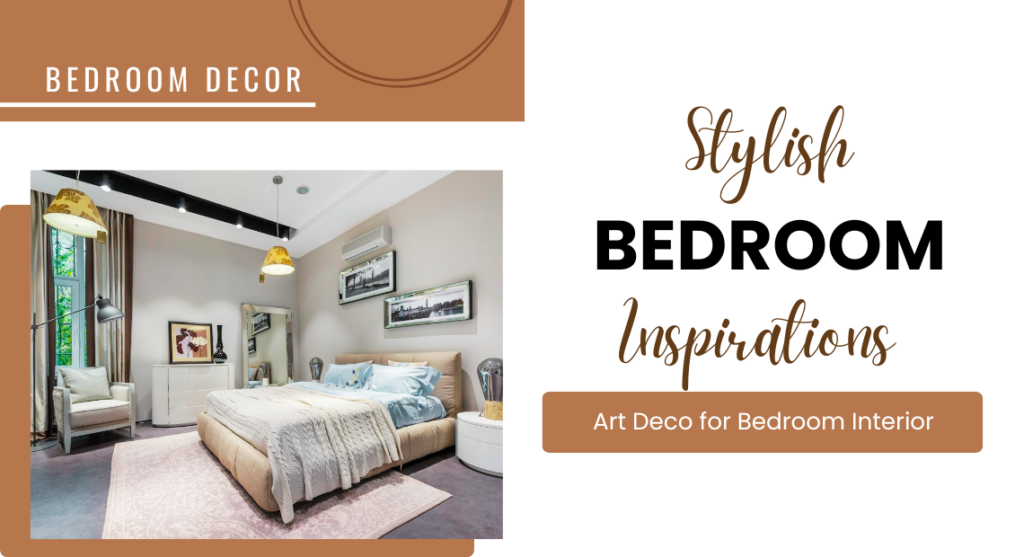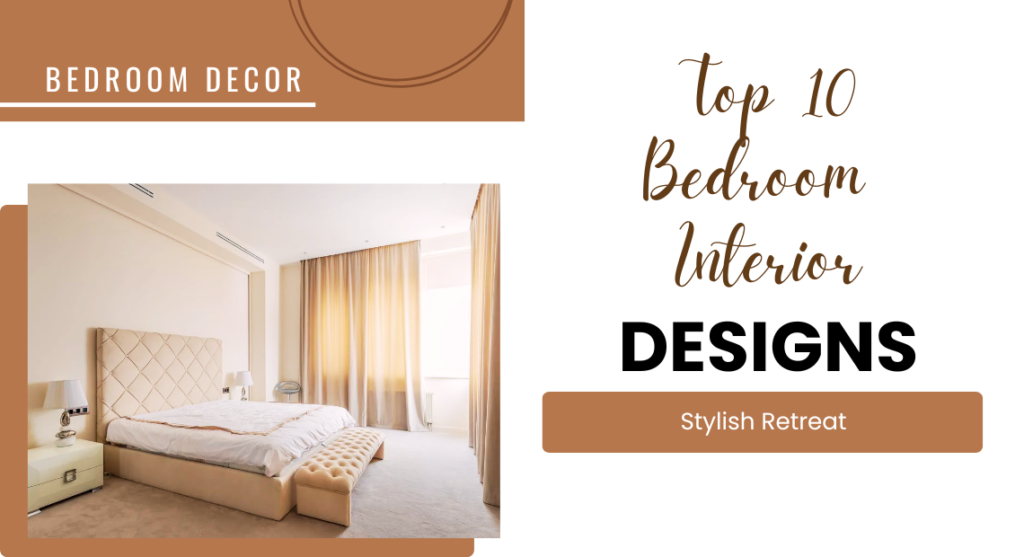Creating a family-friendly living room is all about balancing comfort, functionality, and style. This space should be a welcoming retreat for everyone, where you can relax, play, and enjoy quality time together. Here are ten living room layouts that prioritize family needs while maintaining a stylish aesthetic, along with layout styles and tips for each.
1. Open-Concept Comfort Zone
Layout Styles
- Sectional Sofa Focus: Use a large sectional sofa to create an inviting centerpiece.
- Mixed Seating: Combine armchairs and ottomans for additional seating options.
- Central Coffee Table: Position a coffee table in the middle to encourage socializing.
- Flow to Dining Area: Ensure the layout allows for smooth movement between spaces.
- Accent Rugs: Use an area rug to define the living area within the open space.
Tips for Styling
- Layer Textures: Incorporate various fabrics through cushions, throws, and curtains.
- Color Coordination: Choose a cohesive color palette that flows throughout the space.
- Multi-functional Furniture: Opt for coffee tables with storage to keep the area organized.
- Lighting: Use a combination of overhead lights and floor lamps for versatile illumination.
- Personal Touches: Display family photos and artwork to make the space feel welcoming.
2. Cozy Corner Nook
Layout Styles
- Corner Sofa or Loveseat: Position a sofa or loveseat snugly in the corner.
- Reading Chair: Add a comfortable armchair opposite the sofa for a cozy reading spot.
- Small Side Table: Place a side table next to the armchair for convenience.
- Wall Shelving: Install shelves above the nook for books and decorative items.
- Pillows and Throws: Use an abundance of cushions and a throw blanket to enhance comfort.
Tips for Styling
- Warm Lighting: Use a floor lamp or sconces to create a soft glow.
- Layered Rugs: Consider layering rugs for added warmth and texture.
- Color Pop: Introduce a bold color through an accent wall or decorative accessories.
- Seasonal Decor: Change out pillows and throws with the seasons for a fresh look.
- Plants: Incorporate small plants or a hanging planter for a touch of greenery.
3. Dual Seating Areas
Layout Styles
- TV Viewing Zone: Arrange a sofa and chairs in front of the TV for comfortable viewing.
- Play Area: Create a separate area with floor cushions or a small play table for kids.
- Rug Dividers: Use area rugs to visually separate the two zones.
- Floating Furniture: Arrange furniture away from walls to encourage conversation.
- Storage Solutions: Incorporate benches or storage ottomans that can serve both purposes.
Tips for Styling
- Color Zones: Use different color schemes or patterns for each seating area to define spaces.
- Artwork: Hang art that ties the two areas together while respecting their individuality.
- Flexible Seating: Include stackable chairs or poufs for extra seating when needed.
- Lighting Layers: Use a combination of overhead lights and table lamps to create ambiance.
- Multi-functional Tables: Consider nesting tables that can be used in both areas.
4. Multifunctional Space
Layout Styles
- Zoned Areas: Designate specific areas for watching TV, crafting, and relaxing.
- Convertible Furniture: Use a sofa bed or foldable table for versatility.
- Corner Desk: Incorporate a small desk for homework or work-from-home needs.
- Mobile Furniture: Use wheeled carts or tables that can be moved as needed.
- Wall Space Utilization: Use vertical space for storage with shelves and hooks.
Tips for Styling
- Color Coding: Use colors to differentiate between the various zones.
- Clear Definitions: Use rugs to define each area and create a sense of structure.
- Visual Harmony: Maintain a cohesive aesthetic with matching decor styles.
- Functional Decor: Choose decorative items that also serve a purpose, like stylish storage boxes.
- Wall Art: Use a bulletin board or framed art to personalize the space.
5. Kid-Friendly Layout
Layout Styles
- Durable Seating: Choose sofas with stain-resistant fabric and sturdy construction.
- Open Play Space: Keep a central area clear for active play.
- Low Furniture: Use lower furniture to make it accessible for kids.
- Soft Surfaces: Incorporate soft rugs or foam tiles for safety.
- Designated Craft Area: Set up a small table with supplies for arts and crafts.
Tips for Styling
- Fun Colors: Use bright, playful colors in decor and accessories.
- Storage Bins: Use attractive storage solutions to keep toys organized.
- Interactive Elements: Include chalkboard paint on a wall for creative expression.
- Family-Friendly Fabrics: Opt for materials that are easy to clean and maintain.
Wall Art: Hang kid-friendly artwork or a rotating gallery of their creations.
6. Family Media Center
Layout Styles
- Focus on the TV: Position the sofa directly facing the TV for optimal viewing.
- Casual Seating: Include bean bags or floor cushions for a relaxed vibe.
- Snack Station: Designate a space for snacks or a mini-fridge.
- Surround Sound: Arrange seating for the best audio experience.
- Game Zone: Include a small table for board games nearby.
Tips for Styling
- Comfortable Textiles: Use soft throws and pillows for added comfort during movie nights.
- Ambient Lighting: Use dimmable lights or string lights to create a cozy atmosphere.
- Decorative Shelves: Showcase movies, games, and books on stylish shelving.
- Theme Decor: Incorporate elements from favorite films or shows into the decor.
- Color Coordination: Choose a color palette that reflects the family’s personality.
7. Transitional Spaces
Layout Styles
- Flowing Design: Arrange furniture to create a seamless transition between the living room and adjacent areas.
- Floating Pieces: Use floating furniture to maintain open pathways.
- Multi-use Items: Incorporate furniture that serves more than one purpose, like a console table that can double as a desk.
- Low Profiles: Use low-profile furniture to keep sightlines open.
- Integrated Storage: Consider built-in shelving that matches the room’s aesthetic.
Tips for Styling
- Color Consistency: Use a consistent color palette throughout to unify the spaces.
- Layered Textures: Incorporate different textures to add depth while maintaining flow.
- Functional Decor: Use decorative items that can also serve a purpose, like stylish baskets.
- Pathway Definition: Use rugs to guide foot traffic through the space.
- Personal Touches: Display family photos that tell your story as you transition through the home.
8. Relaxation Retreat
Layout Styles
- Circular Arrangement: Arrange seating in a circular or semi-circular formation to promote conversation.
- Plush Furniture: Choose oversized sofas and armchairs for ultimate comfort.
- Soft Edges: Incorporate rounded furniture pieces for a relaxed vibe.
- Low Lighting: Use low lighting or dimmers to create a calming atmosphere.
- Natural Elements: Integrate plants or natural materials to enhance tranquility.
Tips for Styling
- Soothing Colors: Use a color palette of soft hues to promote relaxation.
- Layering Soft Textiles: Add various textures through cushions and blankets.
- Calm Artwork: Choose art that evokes peace, like landscapes or abstracts.
- Scented Candles: Include candles or diffusers to enhance the ambiance with calming scents.
- Cozy Accessories: Use oversized throws and pillows for a welcoming feel.
9. Interactive Play Zone
Layout Styles
- Defined Play Area: Use furniture to create a boundary for a play zone within the living room.
- Flexible Seating: Include movable furniture like poufs for additional seating that can be easily rearranged.
- Activity Tables: Place a small table for crafts or games within the play area.
- Visual Dividers: Use bookshelves or screens to separate play areas from adult seating.
- Soft Flooring: Utilize area rugs or foam tiles to make the play space safe and comfortable.
Tips for Styling
- Bright Colors: Use vibrant colors in decor and accessories to create an energetic atmosphere.
- Stylish Storage: Choose attractive storage solutions that blend with decor but keep toys organized.
- Interactive Decor: Incorporate chalkboards or whiteboards for creative expression.
- Safety First: Ensure all furniture is secured and edges are soft to prevent injuries.
- Easily Cleanable Fabrics: Opt for fabrics that are durable and easy to maintain.
10. Formal Yet Family-Friendly
Layout Styles
- Elegant Arrangement: Use a classic sofa with elegant armchairs around a central coffee table.
- Defined Zones: Create separate areas for conversation and relaxation, ensuring flow between them.
- Symmetrical Design: Arrange furniture symmetrically for a polished look.
- Classic Accents: Include a grand rug or statement lighting to elevate the space.
- Storage Solutions: Use stylish cabinets or shelves that blend functionality with elegance.
Tips for Styling
- Timeless Color Palette: Choose neutral colors with pops of color through accessories.
- Artful Decor: Incorporate tasteful artwork and decorative accents that suit your style.
- Comfortable Fabrics: Use plush fabrics for throw pillows and blankets to enhance comfort.
- Layered Lighting: Include a mix of ambient and task lighting for a versatile atmosphere.
- Family Heirlooms: Integrate family heirlooms or vintage pieces for added character and warmth.
Creating a family-friendly living room layout is all about finding the right balance between comfort, functionality, and style. From open-concept spaces to cozy corners, these ten layouts can help you design a living room that caters to the needs of your family while remaining stylish and inviting. With thoughtful furniture arrangements and smart accessories, your living room can be a perfect blend of relaxation and fun for everyone. Happy decorating!


